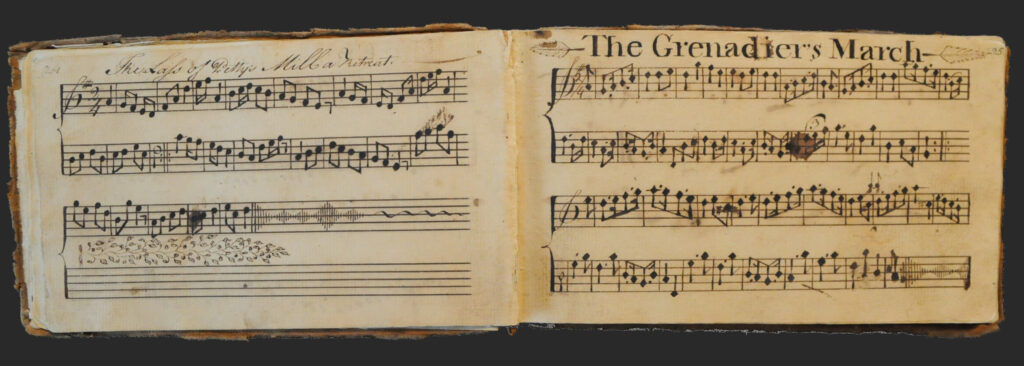We can trace the military life of Thomas Nixon Jr. (1762 – 1842) because he served with his father, Thomas Nixon Sr., under the very famous General John Nixon throughout his service in the American Revolution.

Thomas Nixon Jr. enlisted in the Continental army in 1775 at the age of thirteen. It was common for teenage boys between fourteen and sixteen to enlist as fifers and drummers. He saw action at Lexington and Concord as part of Captain David Moore’s Sudbury Company in April 1775. Thomas Jr. enlisted with his father after Lexington and Concord and became part of John Nixon’s brigade. He was stationed at Winter Hill, Somerville, from April 1775 until the siege of Boston was over with the British army withdrawal on March 17, 1776. He served under General George Washington’s command in New York and helped reinforce the army at Fort Ticonderoga. Thomas Nixon Sr. was injured when a cannon ball passed closely to his head, which impaired his sight and hearing. Thomas Jr. was asked to accompany his father home to Framingham. Both were honorably discharged in December, 1780. Thomas Jr. re-enlisted for a year in 1782 and was 20 years old at the war’s end.
Here is an example of the fife music Thomas Jr. would play:
Thomas Jr. attended surveying school and worked with a group of surveyors who parceled out land to veterans returning from war as payment for their service.
He married Lydia Hager and built his house on Edmands Road, which is still standing today. They had four children: Warren, Otis, Suky and Reny. After Lydia passed away Thomas married the widow, Sarah Stone. Thomas is buried in the Main St. cemetery.
The Framingham History Center has Thomas Nixon Jr.’s song book and fife. He may have acquired the book when he served with a soldier John Long from New York. This book allows us to know revolutionary music as it would have sounded and played in 1776. There are 104 pages containing 143 tunes in his book. Both men contributed to the tunes.
The role of the fifer or drummer was to communicate instruction among the troops in battle and in camp. Songs were used for drum beats, duty calls and special occasions such as military funerals, ridiculing prisoners, and entertainment for dancing and jigs. Yankee Doodle can be found on page 95. Other songs were copied after the war, including many dance songs.
Bibliography
Dewar, Martha E. and Gilbert, M. Joan, Framingham Historical Reflections, Town of Framingham, Massachusetts, 1974.
Herring, Stephen, Framingham: An American Town, The Framingham Historical Society, The Framingham Tercentennial Commission, 2000.
Rookey, Anne Livermore, “Talk on Thomas Nixon Jr’s tune book,” Framingham Historical Society, 9 May 1996. Transcript
Temple, J. H., History of Framingham 1640- 1880, The Town of Framingham, 1887.